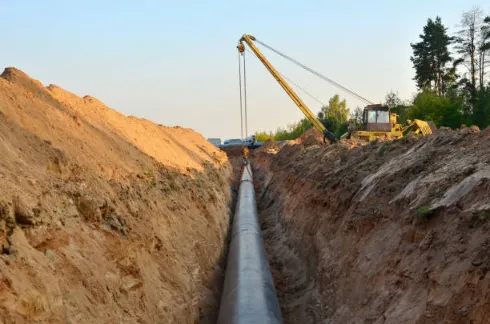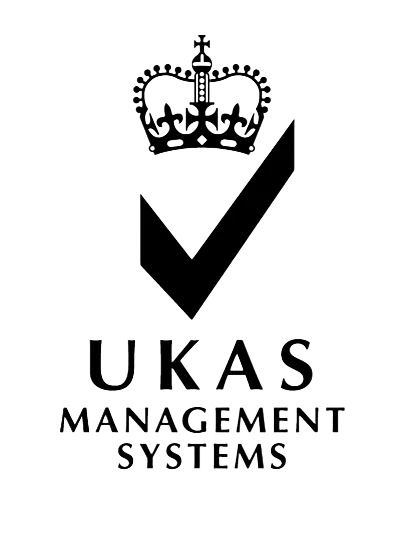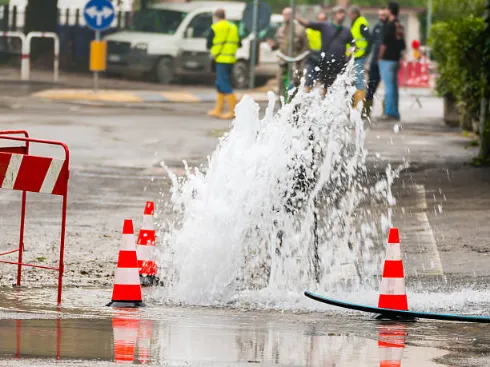
Introduction
Oil pipelines often operate under high pressure and in hazardous environments where traditional welding repair is not practical. Modern non-welding repair techniques make it possible to stop leaks quickly and safely without shutting down production.
Why Avoid Welding in Oil Pipeline Repairs
Risks of Welding on Active Pipelines
Welding on live oil pipelines invites real danger. Sparks can ignite flammable vapors inside or around the pipe. High pressure adds to the mess, turning a small job into a potential explosion. Even with precautions, one slip changes everything. Safety teams hate these risks, and for good reason. Pipeline repair without welding skips the heat entirely. It keeps workers out of harm’s way. Think about offshore platforms where gas lingers in the air. No one wants a torch there.
The Shift Toward Cold Repair Technologies
Cold repairs have taken over in tough spots. No flames, no hot work permits. Just tools and materials that work at ambient temps. Remote sites love this. Desert lines or arctic fields, same story. Clamp and sleeve repair systems lead the charge. They install fast, hold strong. Engineers trust them more each year. Old habits die hard, but results speak loud. A quick patch beats a week-long weld any day. The industry moves forward, leaving hot methods behind for good.
Overview of Non-Welding Pipeline Repair Methods
Mechanical Repair Clamps
Mechanical clamps grip the pipe tight and seal leaks right away. Bolts tighten the halves together, rubber or metal seals do the rest. They handle pinholes, cracks, even dents. High-pressure ratings match most oil lines. Installation needs basic wrenches, nothing fancy. Crews carry them in kits for emergencies. Oil pipeline repair gets simple with these. One clamp saved a line from bursting last month, or so the field report said. Reliable stuff.
Composite Wrap Systems
Composite wraps use fiberglass or carbon layers soaked in resin. Wrap them around the damage, let it cure. The result? A new shell stronger than steel in spots. They reinforce thin walls from corrosion. Pressure builds back up safe. No shutdown required. Pipeline repair without welding shines here for long fixes. Wraps flex with the pipe too. Temperature swings do not crack them easy. Solid choice for ongoing integrity.
Conflex offers several mechanical and sealing solutions that have been tested in demanding oilfield conditions, helping engineers minimize risk during live repairs.
Selecting the Right Repair System for Oil Pipelines
Material Compatibility with Oil Media
Oil carries chemicals that attack repairs. Crude sour with H2S? Needs resistant seals. Sweet oil simpler, but still check. Stainless steel clamps fight corrosion. Composites resist hydrocarbons well. Epoxy must cure without swelling. Test samples if unsure. Pipeline repair without welding fails if materials degrade. Field labs run quick checks sometimes. Compatibility keeps the fix lasting years, not months. Ignore it, regret shows up soon.
Installation Accessibility and Time Constraints
Space around the pipe matters. Buried line? Dig access first. Offshore? Divers or ROVs handle it. Time ticks too, leak spraying oil. Clamps install in minutes. Wraps take longer to cure. Epoxy quickest for small jobs. Clamp and sleeve repair systems win in tight spots. Crew size, tools available, all factor in. Plan ahead, execution flows better. Rushed jobs leak again. Patience pays off.

Key Safety and Installation Guidelines
Site Preparation and Inspection
Clean the area good. Wire brush rust, wipe oil slick. Inspect with ultrasound for hidden cracks. Measure wall thickness left. Mark the spot clear. Safety gear on, gloves, glasses. No shortcuts. Oil pipeline repair starts solid with prep. Dirt under a clamp? Seal fails. One crew skipped this once, paid with a redo. Lesson stuck. Prep right, rest follows easy.
Pressure Testing and Leak Verification
Install the repair, then test. Pump water or air to operating pressure plus margin. Watch for drops. Soap bubbles spot tiny leaks. Hold steady for hours if needed. Pass means back to work. Fail, adjust and retry. Mechanical joint repair for pipelines proves itself here. No guesses. Data logs everything for records. Safe return to service depends on this step alone.
Comparing Non-Welding Methods: Clamp vs. Composite Wrap
When to Use a Mechanical Clamp
Clamps for urgent leaks under pressure. Spray stopping now. High psi lines, they hold firm. Quick install, under an hour often. No cure time. Ideal for emergencies or temp fixes. Oil pipeline repair needs speed sometimes. Clamp it, breathe easy. Later reinforce if walls weak. First response hero in the kit.
When to Choose Composite Wraps
Wraps for weakened sections, corrosion spread wide. Build strength over area. Cure takes hours, plan accordingly. Permanent in many cases. Clamp and sleeve repair systems pair well, but wraps stand alone for reinforcement. Pipe flexes, wrap moves with it. Long-term play, not quick patch. Choose when integrity matters most.
In many projects, Conflex systems are used in hybrid repairs that combine these two methods, giving both immediate safety and extended durability.
Field Repair in a Remote Oil Facility
The Challenge
Crack appeared in a 12-inch oil line, desert heat baking everything. Pressure at 800 psi, gases venting slight. Welding banned, fire risk too high. Shutdown not an option, field producing heavy. Team arrived dusty, tools ready. Pipeline repair without welding had to work fast. Clock ticking, oil leaking slow but steady.
The Solution
Chose stainless clamp with elastomer seal. Cleaned pipe, fitted halves, torqued bolts even. Added composite layers after, resin mixed on site. Cure under sun lamps to speed it. Whole job done in 45 minutes. Mechanical joint repair for pipelines proved quick. Team high-fived, leak gone.
The Result
Line pressurized back, no drops. Production rolled on, no lost barrels. Monitors showed solid for months after. Clamp and sleeve repair systems saved the day. Cost under welding by far. Crew packed up, left site running. Proof cold methods deliver in real world.
Conclusion
Repairing oil pipelines without welding has become a safe, efficient, and cost-effective practice for modern oilfield maintenance. By selecting the right materials, understanding pressure conditions, and following strict installation guidelines, operators can avoid downtime and extend the life of critical infrastructure. Today, Conflex continues to support engineers worldwide with tested, field-proven pipe repair solutions that meet both safety and performance requirements.
FAQ
Q: Can mechanical clamps handle very high pressures in oil pipeline repair?
A: Yes, many rated over 2000 psi. Check specs for the line.
Q: How long do composite wraps last in pipeline repair without welding?
A: Often 20 years or more, depends on conditions and install.
Q: Is epoxy enough for mechanical joint repair for pipelines with big cracks?
A: No, use for small leaks only. Bigger needs clamps or wraps.
Q: Do clamp and sleeve repair systems need special training?
A: Basic yes, but simple tools. Most techs learn quick in field.
Q: What if the pipe is buried for oil pipeline repair?
A: Excavate access, then apply same methods. Plan for soil backfill.










